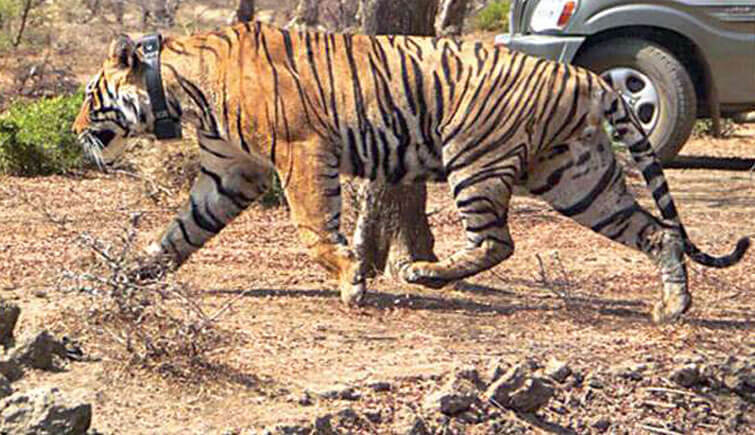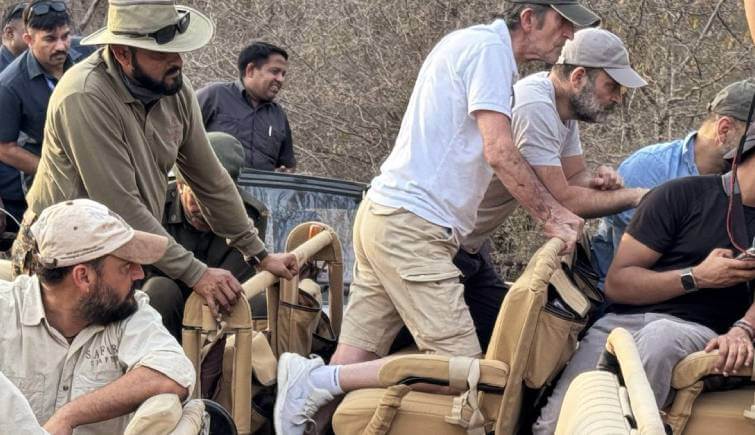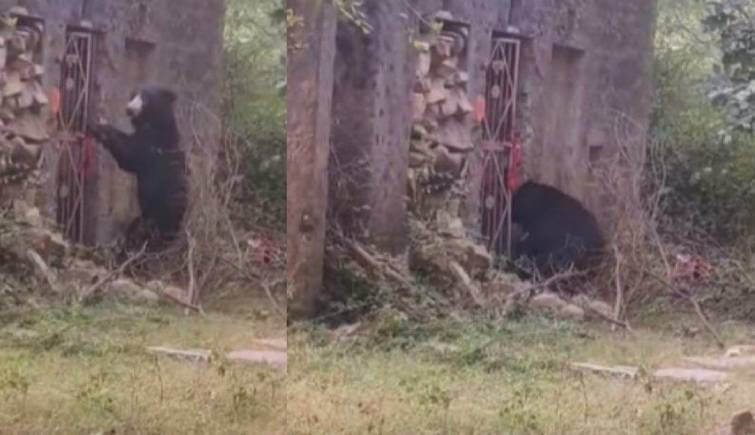
04 Apr, 2019
Finding New Home: Sariska to Receive a Tiger from Ranthambore
In a fresh attempt, Ranthambore Tiger Reserve would translocate one of its tiger to the Sariska Tiger Reserve. The authorities have started with the preparation for the procedure. However, there still remains some issues with the tiger translocation project in general after the Satkosia Tiger Transfer Project caused a dent on the project across all the tiger reserves in the country.
In case you didn’t know
In November last year, it was reported that the Tiger Translocation Project in Satkosia Tiger Reserve was shelved after both the tiger transferred to the Satkosia Tiger got into trouble. Tiger MB2 was found dead and the other tigress had to be kept under locks after it attacked villagers.
Current Tiger population in Sariska Tiger Reserve
The current Tiger population in Sariska is believed to be 19 out of which 3 are adult males, 8 are adult females and 8 are cubs.
The heart of the matter
The tiger relocation is expected to happen on April 06 and the forest officials have already made all the necessary preparations. The project was given green light by the forest department which included principal chief conservator GV Reddy, DFO Mukesh Saini and Ranthambore field Director YK Sahu after getting necessary approval from the National Tiger Conservation Authority (NTCA) and Wildlife Institute of India(WII). the This would be the second time that Sariska would receive a tiger from Ranthambore Tiger Reserve.
What’s the procedure ahead?
The officials narrated the procedure and it starts with a two-member team from National Tiger Conservation Authority visiting Ranthambore on Monday. They would inspect and oversee the ongoing preparation for the tiger shifting.
The team has picked a total of five tigers aged between 4 and 6 years for the relocation project. There isn’t surety about who the actual tiger would be but one of these five tigers would be going to its new home in Sariska.
After this, a meeting will be conducted at CCSF office at 3 pm. In this meeting, the final plan would be laid out and the official green light would be given to initiating the transfer project.
However, the translocation projects are not that easy and this was made clear last year when India tried its first Interstate translocation project.
Why the need for transfer?
Tiger transfer is done in order to ensure a healthy tiger population in a reserve. It can be done in various condition ranging from reserve having no tiger to ensuring a balanced sex ratio in a tiger reserve. In the case of Sariska, there is a high number of tigress when compared to tigers.
History of the translocation project
Last year Kanha National Park in Madhya Pradesh and Satkosia Tiger Reserve in Odisha were the first two participants for this project. The first tiger to be transferred under this was Tigress Sundari. However, things didn’t go as expected. Tigress attacked local villagers and she had to be kept in isolation. The next tiger to be transferred was MB2. But days later, the carcass of the tiger was found in the reserve and it was said that the tiger died of an infection. This made authorities halt the tiger relocation project.
Where did the previous project go wrong?
The biggest reason that was attributed to tiger deaths in translocation project was the different gene pool of tigers across different tiger reserves in the country. It was said that the tiger translocation project didn’t take this into account before transferring a tiger from gene pool to Satkosia Tiger Reserve.
Is the translocation project doomed to fail?
The question which rises after this is that can a tiger translocation project actually succeed. Well, the answer is yes. Although, it comes with a lot of planning and there is always a risk. This is why, it is considered as a last resort for repopulating the tiger reserves.
What lies ahead?
With a tiger to be transferred to a new territory, it would be a wait and watch game for the authorities. However, they are optimistic about the project.












 Share
Share Home
Home Packages
Packages Book Now
Book Now